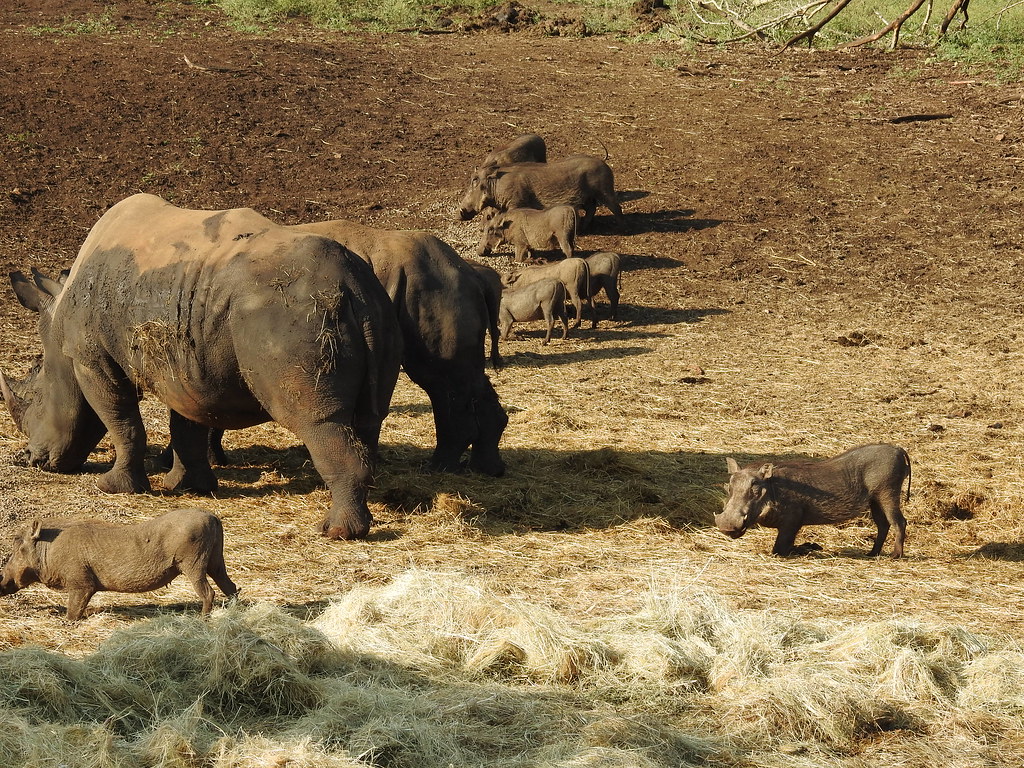
September Safari in Africa
A Comprehensive Guide to Safari Destinations
As temperatures continue to rise and numerous safari destinations across the continent approach their annual apex, September offers a distinctive opportunity to embark on an African safari. September is a particularly rewarding time, as the months between June and October offer extraordinary game viewing experiences. During this month, the decision of where to travel in Africa is wholly contingent upon your preferences for scenic landscapes and wildlife encounters.
Amboseli – Observing the Iconic Tusker with Kilimanjaro as a Background
Few African vistas can match the iconic image of a tusker against the backdrop of Kilimanjaro in September, sans its cloudy cloak.. This moment is most ideally experienced during an African safari in September (or also in January and February), whether it involves observing a large elephant or savoring a cool beer. Although the mountain may appear to overshadow Amboseli and the Chyulu Hills, they provide exceptional opportunities for game viewing.
Exploring Lesser-Known Yet Impressive Reserves: Tarangire and Katavi
Smart safari travelers to Tanzania can redirect their journey to the country’s lesser-known but equally impressive reserves, Tarangire National Park and Katavi National Park, as the wildebeest send dieu to the popular Serengeti National Park by September. These parks are at their most rewarding in September and offer outstanding game viewing, despite their lack of widespread recognition.
In September, Tarangire becomes a focal point due to its advantageous location near the Ngorongoro Crater and Lake Manyara National Park. The park is renowned for its exceptional elephant encounters, and the animal concentrations along the Tarangire River are among the highest in Tanzania during the dry season. In and around its rivers, Katavi National Park is home to extraordinary concentrations of bison, elephants, hippos, crocodiles, and lions, despite its limited annual visitor count.
The Grand Finale of the Wildebeest Migration in Masai Mara
The wildebeest that had survived the perilous river crossings fanned out over the verdant pastures of the Masai Mara in September, shaking themselves dry. The Wildebeest Migration’s herds are now subject to the vigilant gaze of Mara’s big cats, who are anxiously anticipating their return, having been freed from the perils of crocodile-infested rivers. September is the optimal month to observe the Migration’s mega-herds grazing voraciously before they resume their journey to the Serengeti.
Your safari experience is substantially influenced by the select area of the Masai Mara that you choose to visit. The Wildebeest Migration, which occurs from July to November, is a time of great activity in the national reserve, with the majority of camps and lodges accommodating a significant number of visitors.
Luxury tented camps in the private conservancies to the north offer a more tranquil experience, including special activities such as off-road game viewing, nature treks, and nocturnal game drives—activities that are not permitted in the national reserve. It is advisable to reside in one of the conservancies of the Masai Mara to experience the tranquility of a private site and be in close proximity to the Migration’s hot places.


